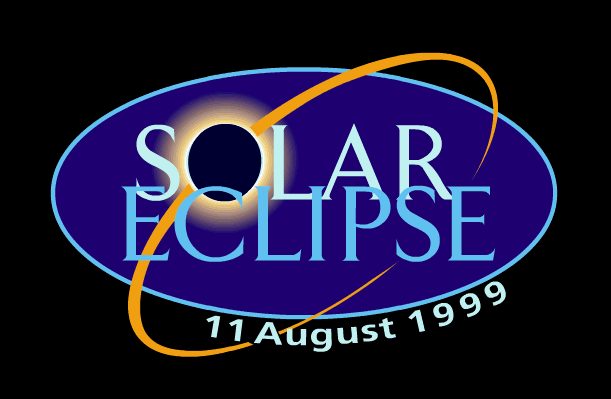 Sending
in the information
Sending
in the information Sending
in the information
Sending
in the information
Ensure that you have recorded the following items:
1. Your name/call sign.
2. Your location (grid reference, latitude and longitude or even just your post code).
3. Whether you were transmitting or receiving (or both).
4. What frequencies you used.
5. The location of your contact(s).
6. The approximate broadcasting power (optional).
7. Were you able to calibrate your S-meter? Yes/no.
8. Table of your observations. Recording time of each observation and signal strength. If at anytime your reception was affected by interference from another station, please note it down when it occurred. If you cannot give your signal strength readings in dB (dB above noise) then use whatever units are on your S-meter.
This experiment is ideal for those with computer control of their rigs. But can equally well be done by hand.
Eventually an interactive Web page will be available to key in your
data directly.
Otherwise you can send the information to :